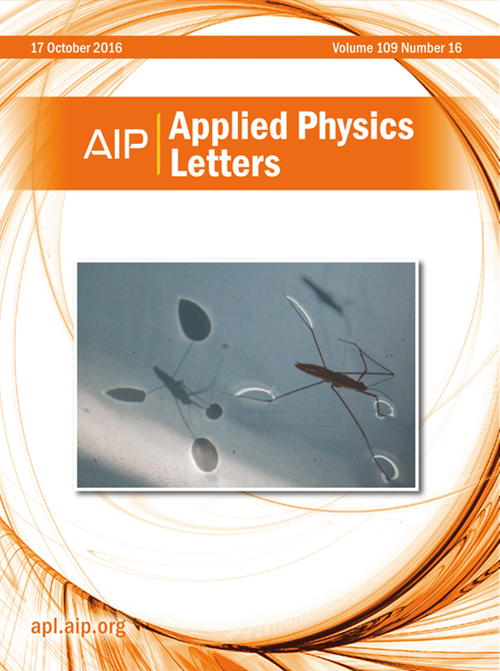Bouncing–pinning criterion for a drop impacting on a superhydrophobic surface
IF 3.5
2区 物理与天体物理
Q2 PHYSICS, APPLIED
引用次数: 0
Abstract
Drop impact on non-wetting surfaces has garnered significant interest due to its potential applications in water repellency, drag reduction, self-cleaning, and anti-icing. However, there are instances where a droplet fails to rebound from a superhydrophobic surface. It has been reported that the combined effect of gravito-capillary length and visco-capillary length determines the pinning–bouncing criteria. While the fluid properties, such as viscosity and weight, are often considered primary factors influencing droplet rebound, this study highlights the crucial role of surface characteristics, particularly the contact angle hysteresis, in determining post-impact behavior. We propose a modified criterion that predicts droplet bouncing and pinning on superhydrophobic surfaces by integrating both fluid properties and the contact angle hysteresis of the surface. The findings emphasize the importance of surface morphology in droplet dynamics, providing a more comprehensive understanding of droplet behavior on non-wetting surfaces.求助全文
约1分钟内获得全文
求助全文
来源期刊

Applied Physics Letters
物理-物理:应用
CiteScore
6.40
自引率
10.00%
发文量
1821
审稿时长
1.6 months
期刊介绍:
Applied Physics Letters (APL) features concise, up-to-date reports on significant new findings in applied physics. Emphasizing rapid dissemination of key data and new physical insights, APL offers prompt publication of new experimental and theoretical papers reporting applications of physics phenomena to all branches of science, engineering, and modern technology.
In addition to regular articles, the journal also publishes invited Fast Track, Perspectives, and in-depth Editorials which report on cutting-edge areas in applied physics.
APL Perspectives are forward-looking invited letters which highlight recent developments or discoveries. Emphasis is placed on very recent developments, potentially disruptive technologies, open questions and possible solutions. They also include a mini-roadmap detailing where the community should direct efforts in order for the phenomena to be viable for application and the challenges associated with meeting that performance threshold. Perspectives are characterized by personal viewpoints and opinions of recognized experts in the field.
Fast Track articles are invited original research articles that report results that are particularly novel and important or provide a significant advancement in an emerging field. Because of the urgency and scientific importance of the work, the peer review process is accelerated. If, during the review process, it becomes apparent that the paper does not meet the Fast Track criterion, it is returned to a normal track.
 求助内容:
求助内容: 应助结果提醒方式:
应助结果提醒方式:


